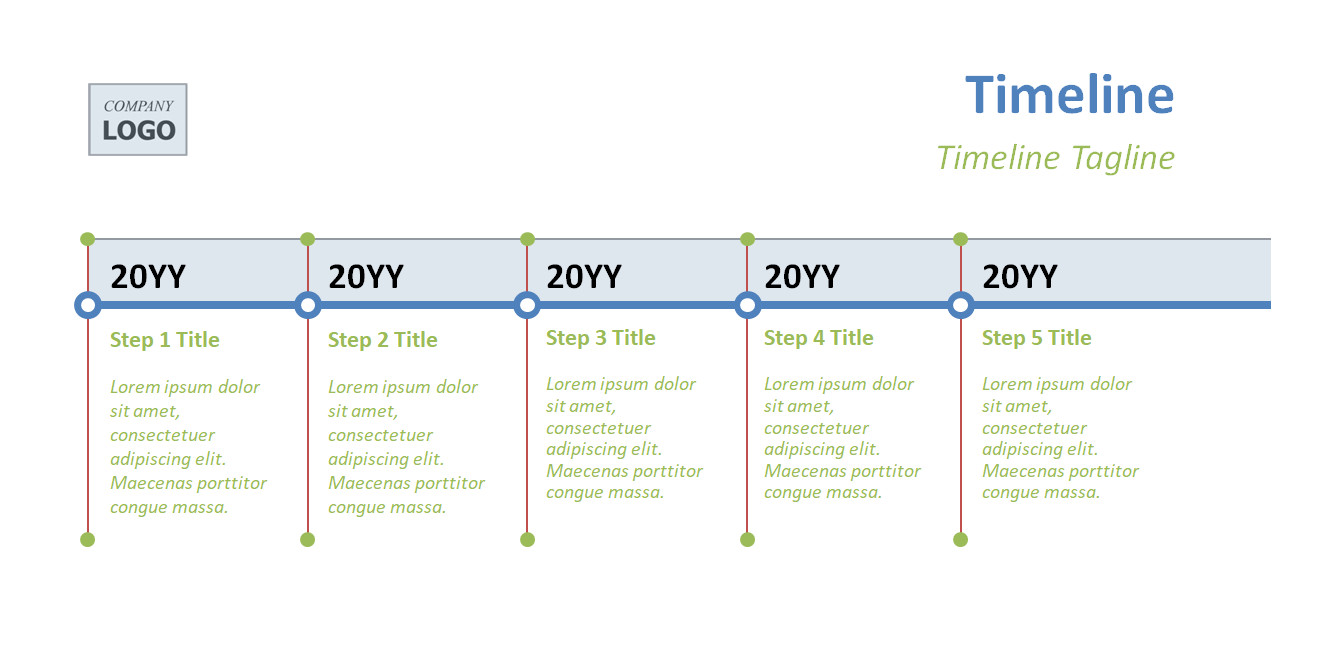History is a vast subject that spans centuries and encompasses countless events, people, and cultures. Understanding the chronological order of these events can be challenging, especially when studying multiple periods or civilizations.
This is where a history timeline becomes an invaluable tool. It allows you to organize and visualize historical events clearly and concisely, making comprehending the flow of history and the connections between different events easier.
What is a History Timeline?
A history timeline is a visual representation of historical events arranged in chronological order. It provides a concise overview of the major events that have shaped our world, allowing us to see the progression of time and the interplay between different civilizations, cultures, and eras. These timelines can cover a specific period, such as the Ancient World or the Renaissance, or they can span across the entirety of human history.
History timelines can take various forms, from simple linear timelines to more complex designs that incorporate additional information such as images, maps, and descriptions of key events. They can be used by students, educators, researchers, and history enthusiasts to enhance their understanding of history and to aid in the study and analysis of specific periods.
Why Use a History Timeline?
The use of a history timeline offers several benefits:
- Organization: A timeline provides a structured and organized way to view historical events. It allows you to see the sequence of events and how they relate to one another.
- Visualization: By representing historical events visually, a timeline helps you better grasp the flow of history and the context in which events occurred.
- Comprehension: Seeing the chronological order of events can improve your understanding of historical processes, such as the rise and fall of civilizations or the causes and consequences of major conflicts.
- Connection: A timeline enables you to identify patterns, connections, and cause-and-effect relationships between different events. It helps you see history as a continuous narrative rather than a series of isolated incidents.
- Reference: Having a timeline on hand allows you to quickly reference key events and dates, making it easier to study, write essays, or prepare for exams.
How to Create a History Timeline
Creating a history timeline is a relatively straightforward process. Here are the steps to follow:
- Choose a Timeframe: Decide on the specific period or topic you want to focus on. It could be a broad overview of world history or a narrower study of a particular era or civilization.
- Gather Information: Research and compile a list of important historical events related to your chosen timeframe. Use reputable sources such as history books, academic articles, or online databases.
- Decide on the Format: Determine the format and design of your timeline. Consider whether you want a linear timeline, a circular timeline, or a more visually appealing design with images and additional information.
- Create the Timeline: Use a computer software or an online timeline maker to create your timeline. There are many free tools available that offer customizable templates and features.
- Add Events: Input the historical events into your timeline, making sure to arrange them in chronological order. Include dates, descriptions, and any relevant images or maps.
- Print and Share: Once your timeline is complete, print it out and share it with others. You can also save it as a digital file for easy access and sharing.
Examples of History Timelines
Here are a few examples of history timelines:
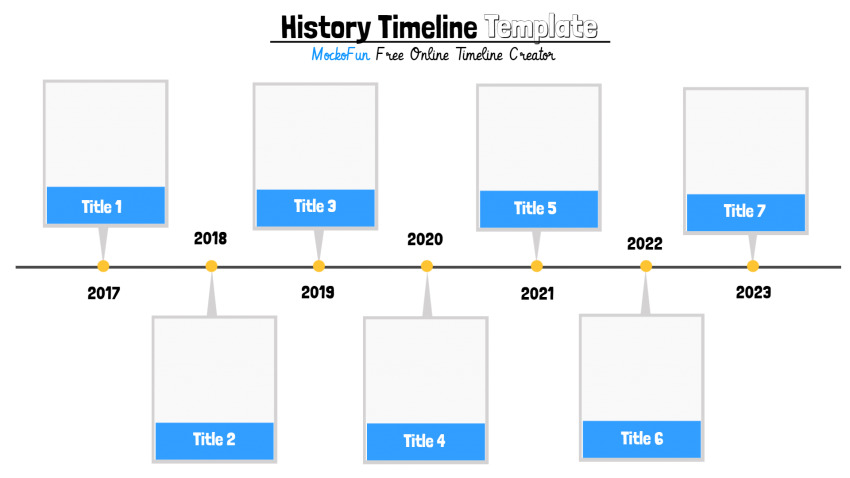
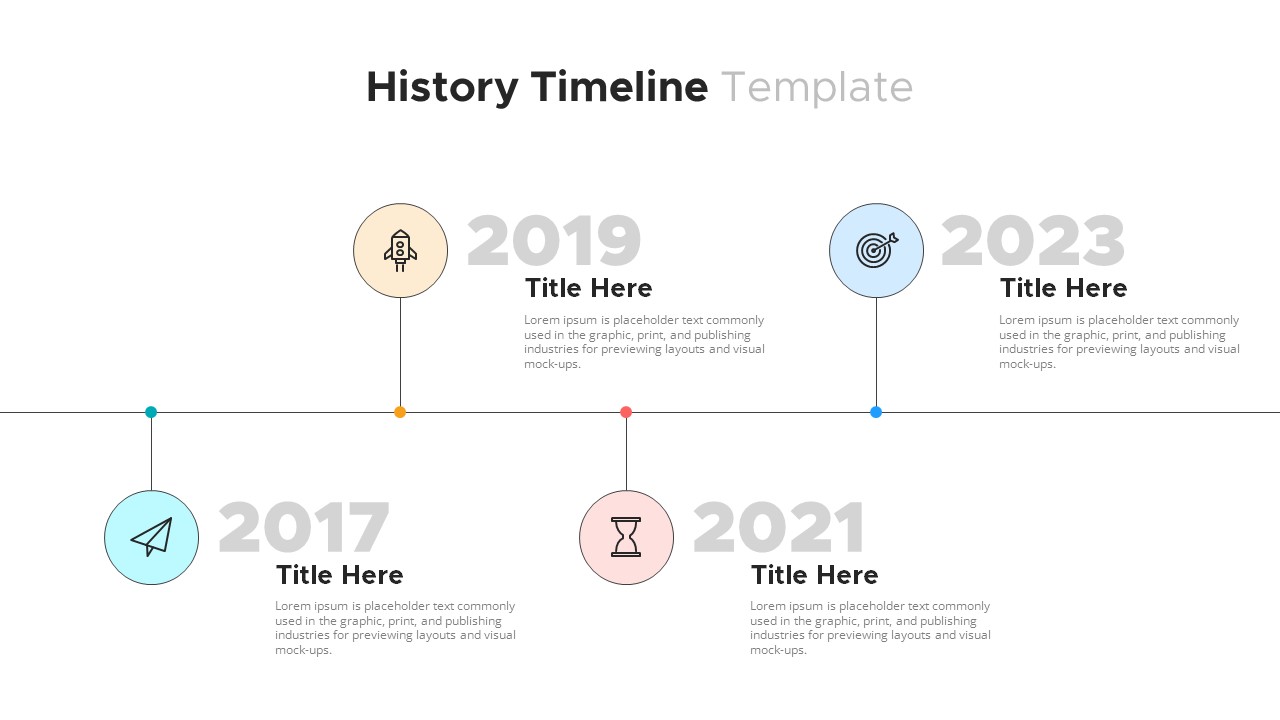
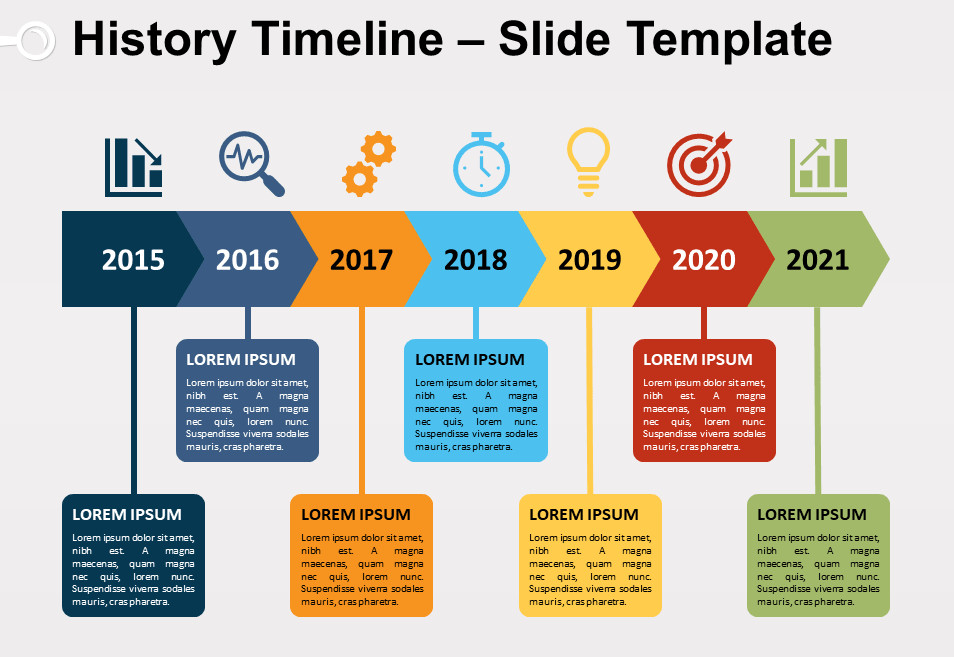
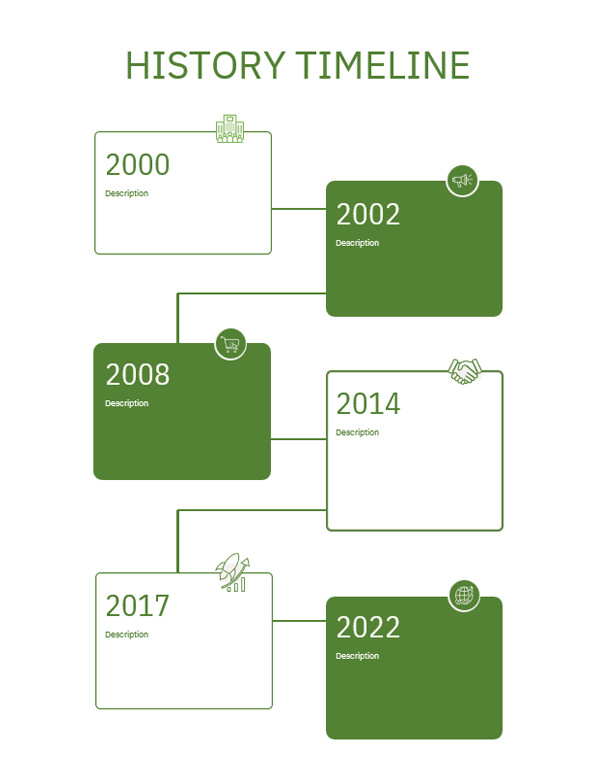
Tips for Successful Use of a History Timeline
Here are some tips to make the most of your history timeline:
- Start with a broad overview: Begin by studying a general timeline of world history to get a sense of the big picture. This will help you understand the context and interconnectedness of different events.
- Focus on specific periods: Once you have a general understanding, delve deeper into specific periods or civilizations that interest you. This will allow for a more detailed and comprehensive study.
- Make connections: Look for connections and patterns between different events. Consider the causes and consequences of historical events and how they have shaped the world we live in today.
- Supplement with additional resources: While a history timeline is a valuable tool, it should be used in conjunction with other resources such as textbooks, documentaries, or primary sources to gain a well-rounded understanding of history.
- Update and revise: History is an ongoing field of study, with discoveries and interpretations being made all the time. Regularly update your timeline to incorporate new information and revise your understanding of historical events.
In Conclusion
A history timeline is an essential tool for anyone studying or interested in history. It helps to organize and visualize the chronological order of historical events, making it easier to comprehend and analyze the complex tapestry of human history.
By creating your history timeline and using it in conjunction with other resources, you can deepen your understanding of the past and gain valuable insights into the world we live in today.
History Timeline Template – Download
